Daikin RXF25E5V1B Bruksanvisning
Daikin
Ikke kategorisert
RXF25E5V1B
Les nedenfor 📖 manual på norsk for Daikin RXF25E5V1B (87 sider) i kategorien Ikke kategorisert. Denne guiden var nyttig for 33 personer og ble vurdert med 4.3 stjerner i gjennomsnitt av 17 brukere
Side 1/87

Installer reference guide
R32 split series
RXF20E5V1B
RXF25E5V1B
RXF35E5V1B
RXF42E5V1B
ARXF20E5V1B
ARXF25E5V1B
ARXF35E5V1B
ARXF42E5V1B
Produkspesifikasjoner
| Merke: | Daikin |
| Kategori: | Ikke kategorisert |
| Modell: | RXF25E5V1B |
Trenger du hjelp?
Hvis du trenger hjelp med Daikin RXF25E5V1B still et spørsmål nedenfor, og andre brukere vil svare deg
Ikke kategorisert Daikin Manualer
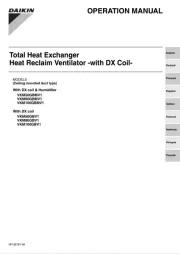
26 August 2025
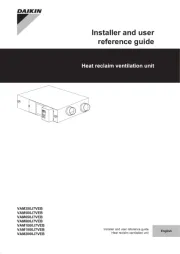
26 August 2025
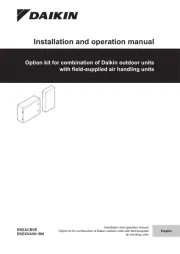
26 August 2025
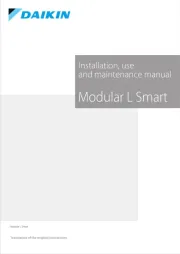
26 August 2025
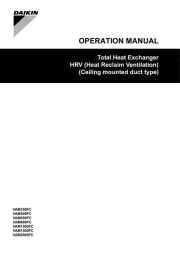
26 August 2025

10 April 2025

9 April 2025

9 April 2025

9 April 2025

9 April 2025
Ikke kategorisert Manualer
- I.safe Mobile
- Elica
- Primo
- Toddy
- Forza
- Inverto
- AVer
- Spanninga
- Silverline
- Prince Castle
- EQ-3
- Dangerous Music
- Thermador
- Apogee
- Mad Dog
Nyeste Ikke kategorisert Manualer
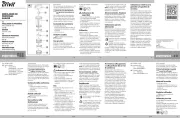
23 Oktober 2025
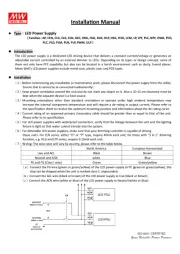
23 Oktober 2025
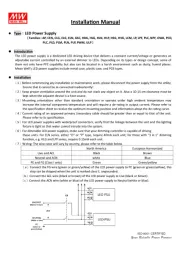
23 Oktober 2025
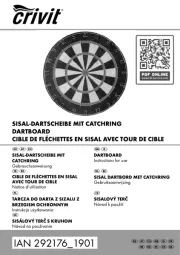
23 Oktober 2025
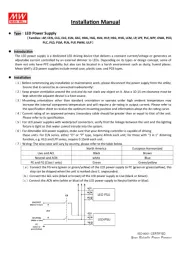
23 Oktober 2025

23 Oktober 2025
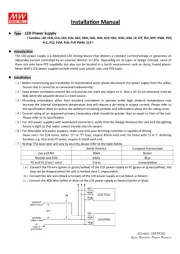
23 Oktober 2025

23 Oktober 2025
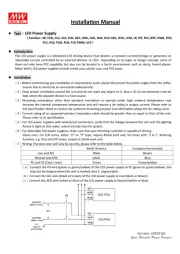
23 Oktober 2025
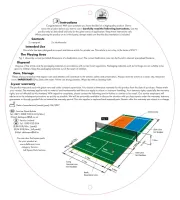
23 Oktober 2025